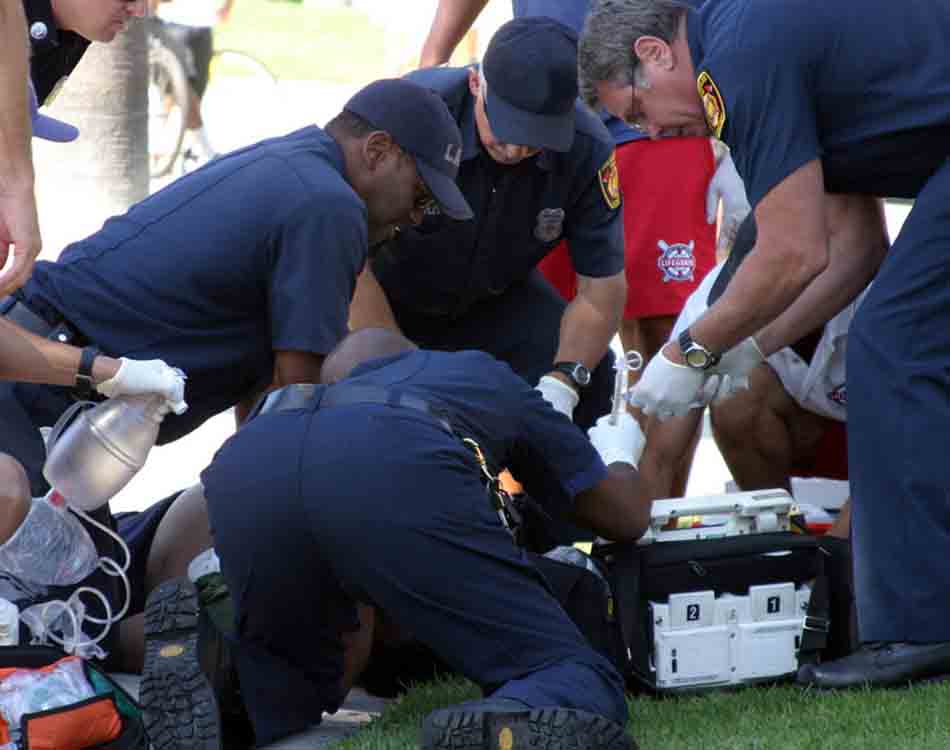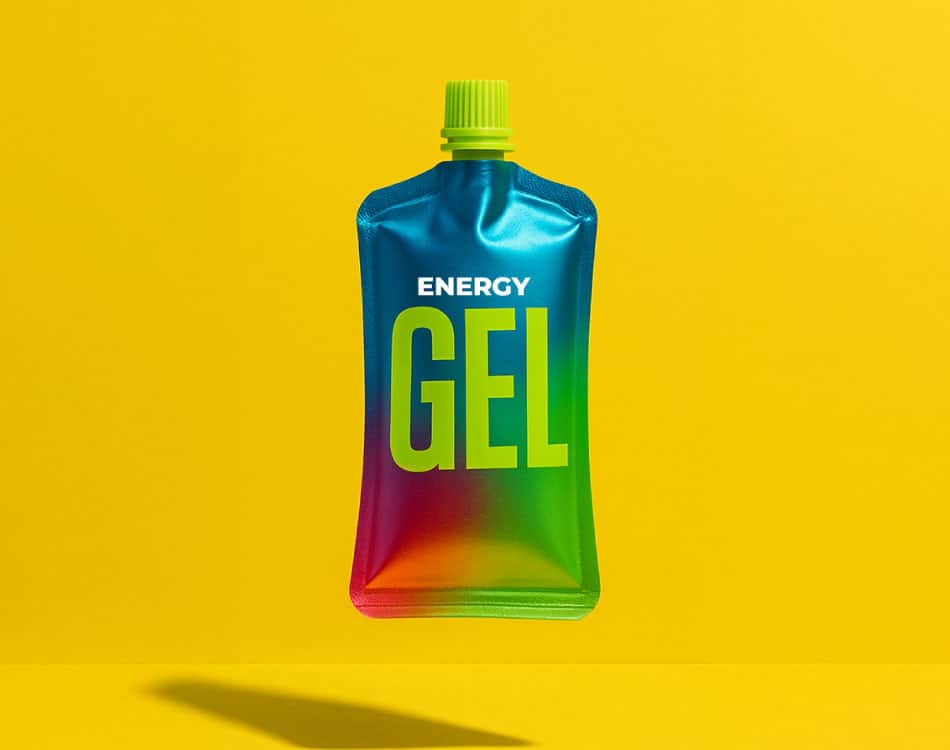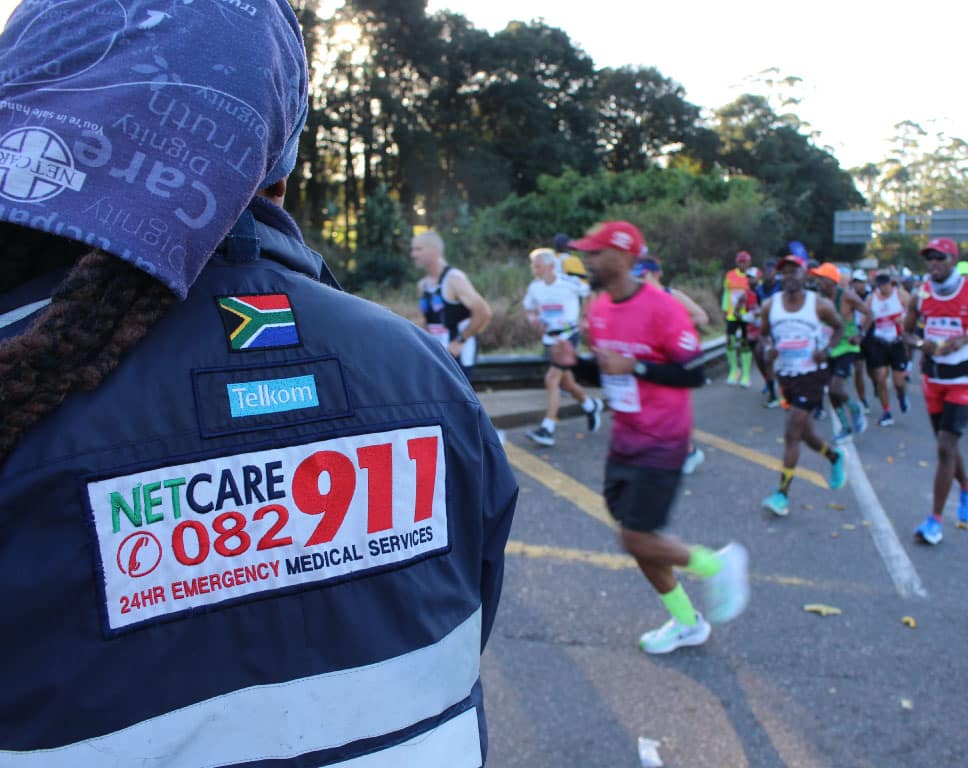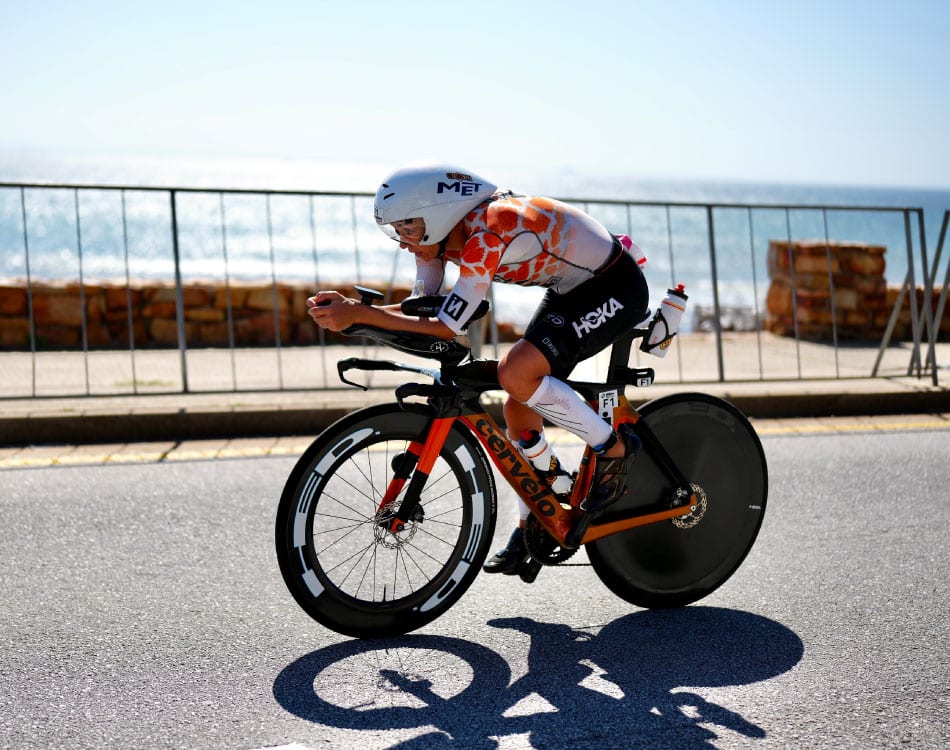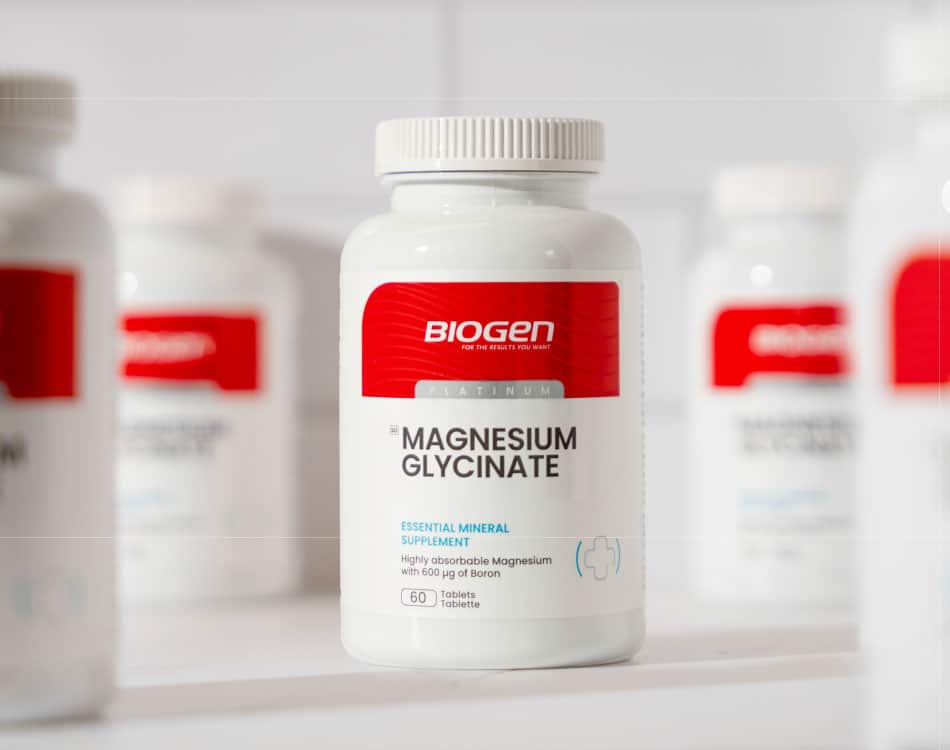A first-of-its-kind local study has led to a 64% reduction in life-threatening medical emergencies encountered during marathons and other major endurance events, while other medical encounters, including all types of injuries, were reduced by 29%.
The study was conducted by Professor Martin Schwellnus of the University of Pretoria’s Sport, Exercise Medicine and Lifestyle Institute (SEMLI), in partnership with UCT, the MRC Biostatistics Unit and Professor Wayne Derman of Stellenbosch University.
The results could have significant implications for and reduce deaths at some of South Africa’s favourite mass sports events such as ultra and standard marathon races, half-marathons, and cycle tours.
Global acclaim
Thousands of participants in these popular events end up in the medical tents annually, reporting serious life-threatening medical emergencies and overwhelming the healthcare system on the day.
The results of Prof. Schwellnus’s study have been so impressive that the international athletics, triathlon and cycling communities have shown interest in incorporating this system into their registration processes for their mass community-based sporting events.
The study introduced an online pre-race medical screening and educational intervention programme over an eight-year period in one of Cape Town’s world-favourite sporting events, the Two Oceans Marathon.
Over that time, the researchers studied the 153,208 Two Oceans race starters in both the 21km and the 56km events. The first four years comprised a control period, looking at the type of medical encounters that occurred, and the number of runners participating.
After this control period, Prof. Schwellnus and his team introduced an online pre-race medical screening which was based on the European Association for Cardiovascular Prevention and Rehabilitation (EACPR) pre-exercise screening guidelines and included other risk factors identified by the research team.
Focus on prevention
Each person who completed the pre-race screening was categorised into one of four categories, with “Very High Risk” and “High Risk” being the flag categories.
People in these categories would receive a specifically targeted educational intervention programme, while all other runners received a general educational intervention.
“The targeted educational intervention emails included information about what the runner’s doctor should test that individual for, because often doctors are not even aware of the specific risk factors experienced during prolonged moderate- to high-intensity exercise,” Prof. Schwellnus explains.
The study’s aim is to prevent athletes from even reaching the point where they require medical assistance out on course focusing on prevention rather cure. The feedback can also inform athletes about their health to prevent medical emergencies while out training, particularly when they fit into the high-risk profile.
This pre-race medical screening system and educational intervention programme are easy to implement and, with a significant 64% reduction in all medical encounters since its introduction, it’s not only saving lives but also contributing to improved race safety.
This study at SEMLI forms part of a series of SAFER (Strategies to Reduce Adverse Medical Events for the Exerciser) studies which aim to better understand what is happening at these mass community events, who is participating, and what their risk profiles are – all in an effort to ensure safer participation so that the numerous health benefits of physical activity continue to outweigh any health risks.

